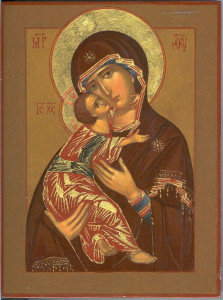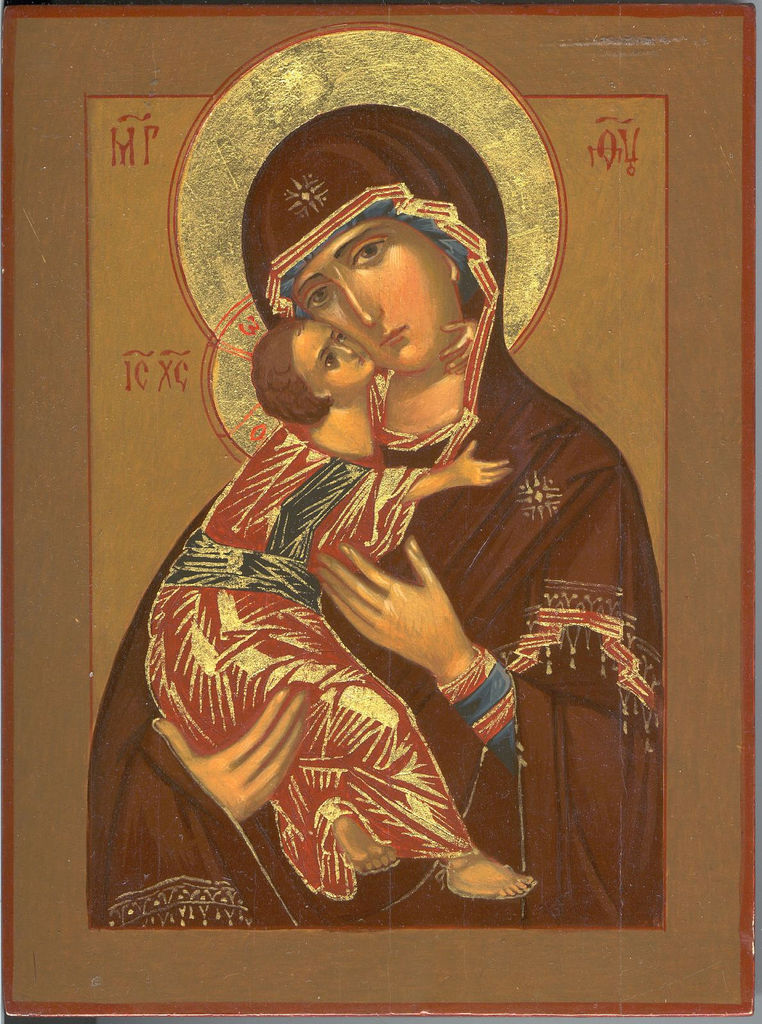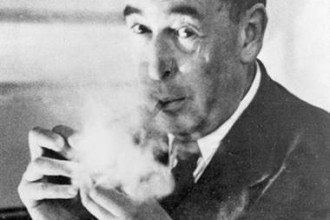 Last May, two of my best friends and I went to see The Avengers at the cinema near our university. I should disclose from the start that I am not necessarily the target audience for the film. I like my superhero movies to have a more Nolan flavour, for evil not to walk around wearing golden mammoth tusks protruding from its forehead. Nonetheless, I went along for the company, the direction of the beloved Joss Whedon, and the cultural obligation—as an American, I grew up on the cartoon series of these figures as part of my Saturday morning routine along with bowls of sugary cereal.
Last May, two of my best friends and I went to see The Avengers at the cinema near our university. I should disclose from the start that I am not necessarily the target audience for the film. I like my superhero movies to have a more Nolan flavour, for evil not to walk around wearing golden mammoth tusks protruding from its forehead. Nonetheless, I went along for the company, the direction of the beloved Joss Whedon, and the cultural obligation—as an American, I grew up on the cartoon series of these figures as part of my Saturday morning routine along with bowls of sugary cereal.
I may have already been rolling my eyes ten minutes into the film—Natalie Portman’s role in Thor so soon after her disturbingly excellent work in Black Swan had permanently damaged my ability to watch a Marvel film seriously—but there was a particular scene I found arresting.
When we are first introduced to Black Widow, a few stereotypical Russian thugs in a nondescript Russian building somewhere in Russia are holding her captive. The emphasis on Russia here would not be important if it weren’t for the momentary cut away where we observe the scene through a mirror balanced atop a crate, flanked by icons of the Theotokos.
There, in the middle of a light-hearted superhero film—the Virgin Mother bearing the Christ Child.
Her presence is so understated that it is likely safe to conclude that director Joss Whedon, no novice to using religious images outside of their context, placed the icon next to the mirror as part of the Russian scenery. How do you communicate that a building is in Russia? Place a Theotokos next to a man holding a handle of vodka.
The icon does not appear to serve any sort of purpose in the film. This is not Baz Luhrmann’s Romeo + Juliet, in which the superabundance of religious iconography raises the question of its meaning. Rather, The Avengers lets this overt Christian reference slip by without paying notice to it and the film progresses without reference to it whatsoever.
While it would be easy for me to pan other aspects of the film’s flippancy—when Loki appears in Germany, he speaks in English and everyone seems to understand him just fine—I’d like to speak specifically to the contrast between the Theotokos and the reaction of the audience in my cinema.
Perhaps the same was true for you, but when the Hulk smashed Loki to the ground, violent cheering erupted from every age in the screening I was in.
To be fair, the simple triumph of good over evil is something to celebrate, but is it possible that the accidental inclusion of the Theotokos is asking us to consider an alternative reading? Perhaps it has something to do with growing up, emotionally and theologically.
I no longer eat bowl after bowl of sugary cereal and I no longer spend my Saturday mornings watching superhero cartoons. There’s good reason. Superhero cartoons and superhero movies of the same vein espouse an interpretation of the world in which good and evil are clearly defined, even when for short moments it seems not as transparent. Unrealistic idealism. What the Nolan films achieved was a distinctly grey worldview. Unrealistic realism.
The Theotokos exists in a real world that is caught in such grey, in which even the righteous are in need of redemption, even as she was in need, and therefore bore God within her. As, the icon attests, we are to do ourselves.
The Avengers presented a world in which salvation was in the hands of a group of heroes that, their job done, left the people to go about their business. The Theotokos represents a worldview in which the Saviour left us to become like Him, to share in Him, as Mary exemplifies to us.
It is not my intent to Hulk smash The Avengers, but is it possible that these sorts of films reinforce to us a salvation narrative in which we do not directly participate and, at the same time, fail to teach us that the world is far less black-and-white than Saturday morning nostalgia would like us to believe?
____________
Image credit: Vladimirskaya icon, photographed and shared by Flickr user jimforest under Creative Commons Attribution-NonCommercial-NoDerivs 2.0 Generic licence.






Thanks for this. Question: What do you think about superhero films that are more popcorn-movie (like Avengers), but which do return the viewer’s focus back to his or her own responsibility to be an active hero in the world? I’m thinking here of Spider-Man‘s “with great power comes great responsibility” (a.k.a. Jesus’ “from those to whom much is given much will be required”).
I enjoy them for that very reason. There’s enough tension–considering the complexity of evil, personal responsibility–to curb mindless entertainment back to personal reflection. (Though, the debate on whether or not those end up being well-made films, Spider Man 3, for instance, is a different one.)
Written as someone who needs to educate himself in superhero mythology and the profound way it speaks to the Christian faith.
Dave, would you consider expanding that statement instead of making a dismissive generalization based on 600 words?
Preston
I could tell you had so much more to say and I want to know more. Maybe the 600 word limit should be lifted for these online symposiums so that author can go into more detail. I understand the idea behind the word limit but sometimes a nice exploration of a piece of art cannot be summed up in a short amount of space. Do you have your own blog where you can explore the topic more? I would be very interested.
Matthew,
As one of the symposium coordinators and a co-editor of Transpositions, I’ve noted your suggestion for consideration for future symposia.
Thanks,
Cole
Thanks Cole. I might be in the minority on this particular issue but I enjoy reading all the articles here. 🙂
Thanks for this helpful reflection! The icon, by the way (if I recall correctly) was Our Lady of Perpetual Help.
Prof Milliner,
I do believe you’re right! I was the one who chose the icon for Preston’s post. Unfortunately, I didn’t have a copy of The Avengers with me to check that scene, and couldn’t find a still of that specific frame online. For the edification of our readers, I include here a link to the Wikipedia entry on the Our Lady of Perpetual Help icon:
http://en.wikipedia.org/wiki/Our_Lady_of_Perpetual_Help